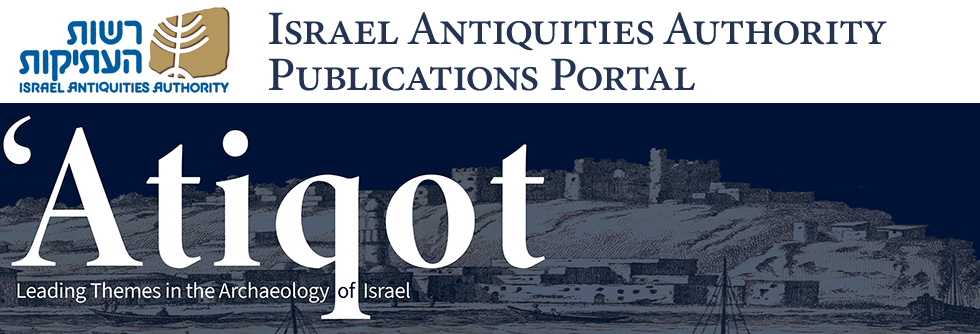Abstract
A Byzantine-period monastery and farmhouse were uncovered on the southwestern bank of Naḥal Peḥar, within the modern settlement of Giv‘ot Bar, in the northern Negev. The monastery was well-preserved, attesting to the daily life of the monks in the Negev in the Byzantine period. It was paved with poorly executed mosaic floors, probably laid by the monks themselves. Most of the finds in the monastery were uncovered on the floors, attesting to its orderly abandonment in the late Byzantine or beginning of the Umayyad period (sixth–seventh centuries CE). The monastery seems to have belonged to the widespread ecclesiastical system documented in the Be’er Sheva‘ Valley and the southern Judean Shephelah. It is possible that the monastery was abandoned in the transition to the Early Islamic period due to a deterioration in the security situation in the region.
Keywords
Christianity, monastery, abbot, monk, Greek inscription, mosaic, wine production, Gaza calendar
Recommended Citation
Paran, Nir-Shimshon
(2024)
"A Byzantine-Period Monastery and Farmhouse in Nahal Pehar (Giv‘ot Bar), in the Northern Negev,"
'Atiqot: Vol. 116, Article 15.
DOI: https://doi.org/10.70967/2948-040X.1136
Available at:
https://publications.iaa.org.il/atiqot/vol116/iss1/15
Included in
Agriculture Commons, Biblical Studies Commons, Christianity Commons, History of Art, Architecture, and Archaeology Commons, Islamic Studies Commons, Science and Technology Studies Commons, Urban Studies and Planning Commons

